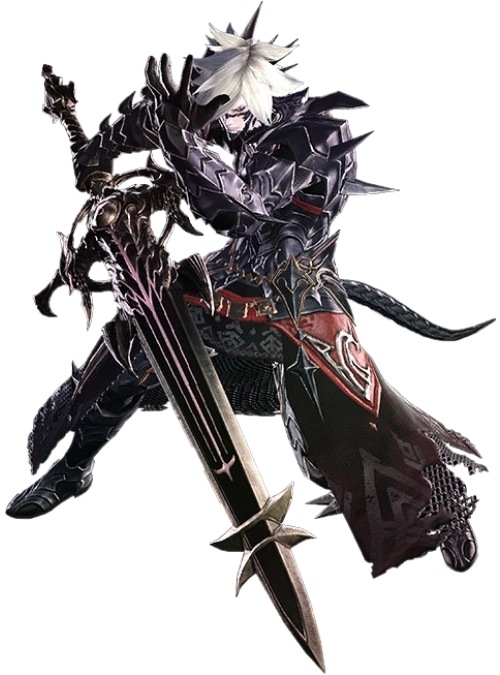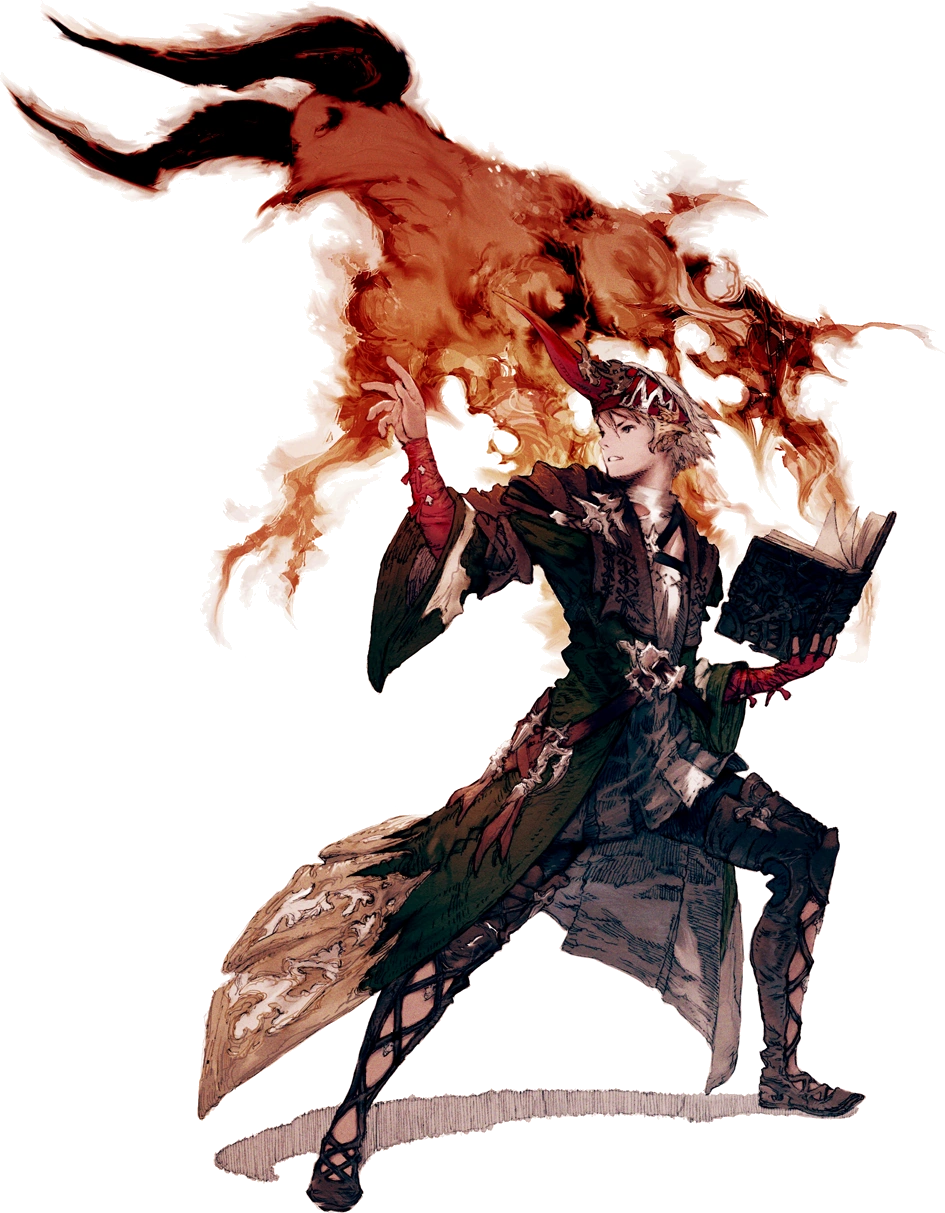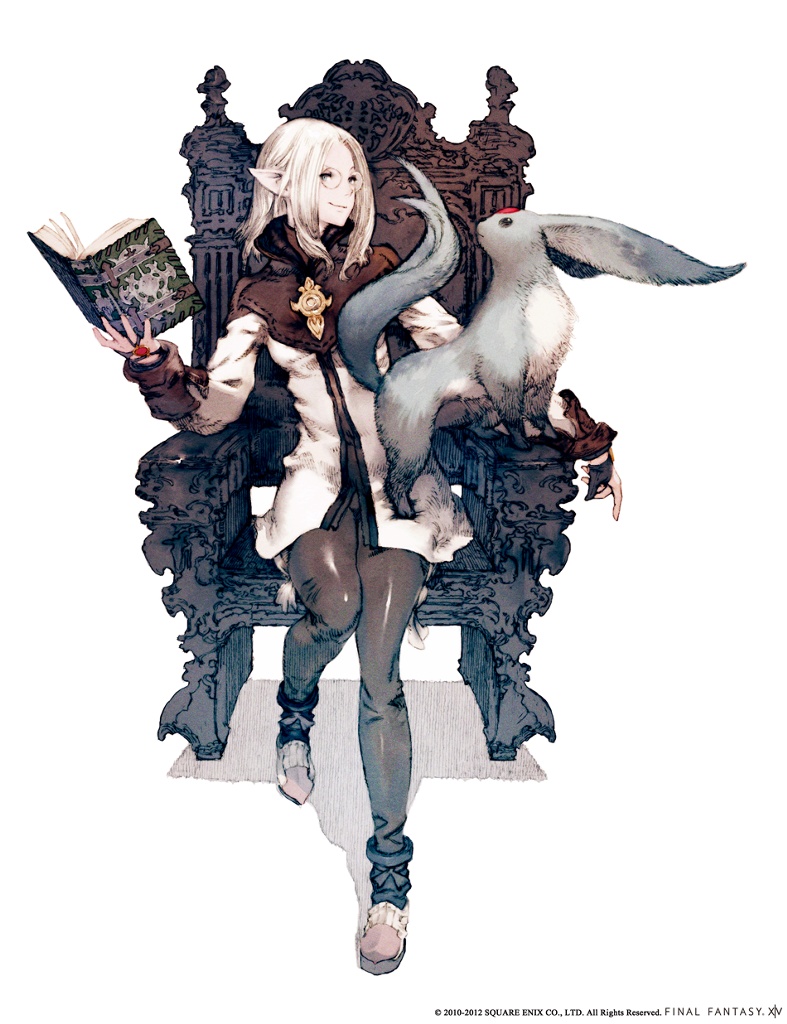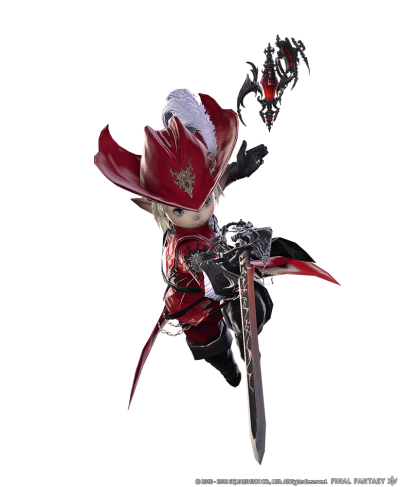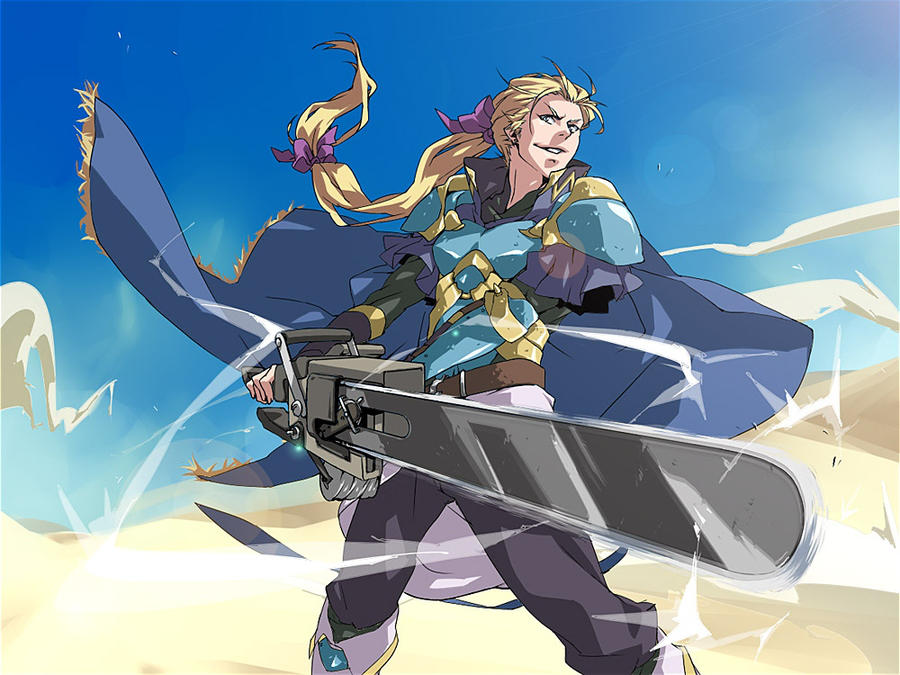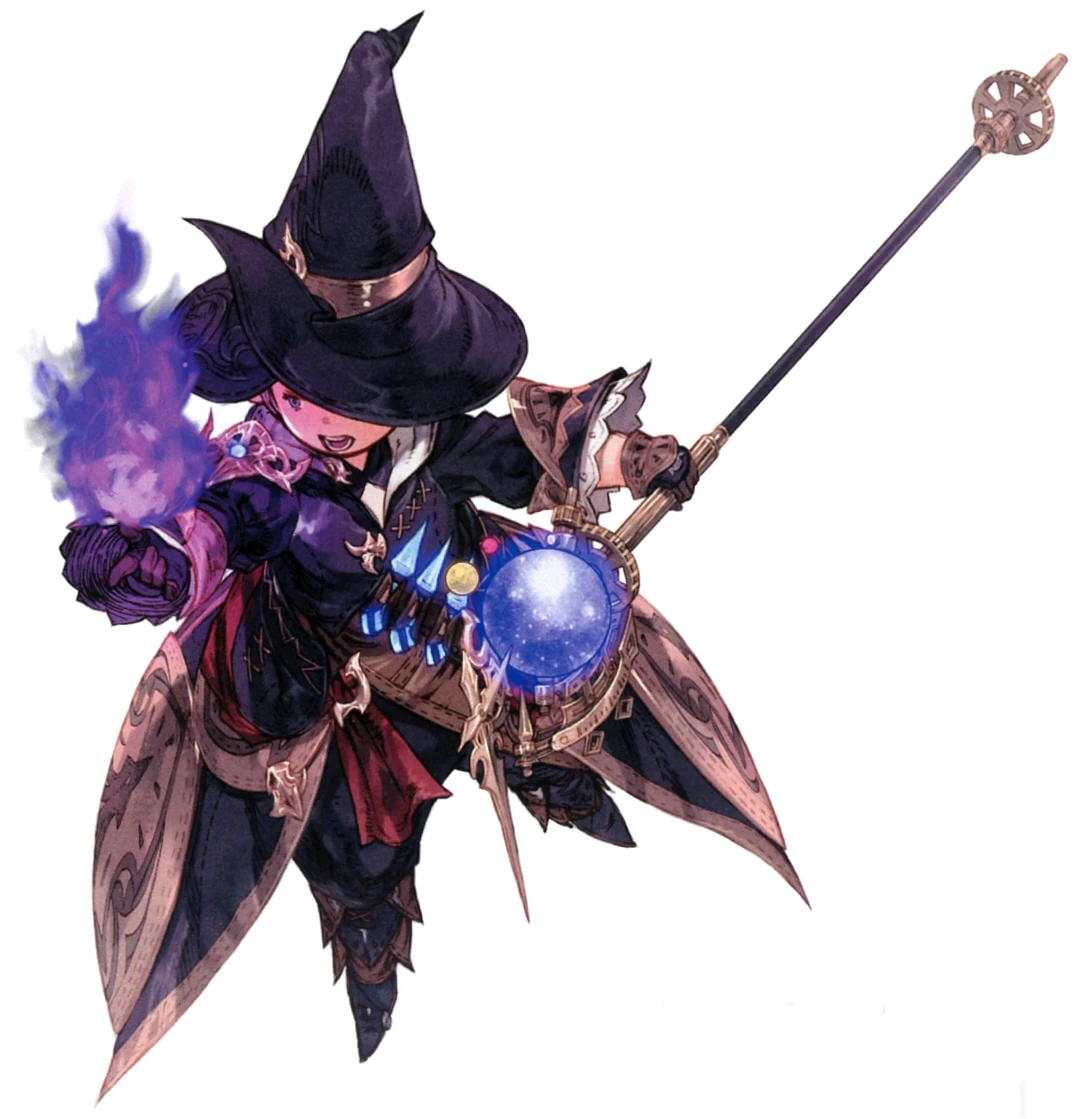Here's a copy of the unfinished product if you want to see it in a coherent form: https://homebrewery.naturalcrit.com/share/BkhxYHFIr
White Mage


 I can't finish without mentioning that Divine Seal get unlimited uses at level 20. Compared to Life Domain cleric, who automatically maxes all their heals at level 14 at no action cost, I think the features balance out with each other.
I can't finish without mentioning that Divine Seal get unlimited uses at level 20. Compared to Life Domain cleric, who automatically maxes all their heals at level 14 at no action cost, I think the features balance out with each other.
White Mage
One of the things that D&D 5th ed. doesn't really have, it's a pure healing subclass. The closest that we have is the Life Domain cleric, which is meant to be next to the action, making attacks of their own. This is probably done as a conscious design choice, as there will often be times when damage is hardly dished out to the PCs, or at least not enough to warrant a "pure healer" in the party. So I went into this subclass with the idea in mind to allow White Mages to do something else besides healing during their turn.

I initially thought that players that wanted to play a White Mage should just roll a Life Cleric, but after looking at it more, I decided it really wasn't the same, as the Life Cleric has heavy armor proficiency and the Divine Strike feature. Now, this would make for a badass battle White Mage, but that's not really part of the toolkit that White Mage is known for.
I thought of making White Mage into Cleric subclass at first, but the Channel Divinity and Divine Intervention turned me away from it. The cleric really lays on thick that you gain your abilities from a divine entity or power that you revere or pray to in some form. The astrologian can get away with this, because they get their powers from the stars that answer their calls. Sure, FFXIV White Mages have elementals, but.... it's not like the elementals grant them powers themselves.

I considered Sorcerer briefly, and it made a little bit of sense thanks to the idea behind the Padjal, but I ended up dropping it because it didn't feel right. And the sorcerer spell selection clashes with the White Mage way too much.
A gut feeling told me to look into Druid from the beginning, but I shrugged it off because Cleric always seemed to be the obvious choice. A White Mage Druid seemed like a scandalous idea at first, but the more I read into it, the more it made sense. They don't wear metal. Their spells are nature based (so they get stone, water, and wind spells that fill their motif). And it wouldn't be far-fetched to think that Kan-E-Senna is capable of transforming into a small animal to secretly check in on what's happening in the Shroud. They're really just missing a few essential healing spells, which is an easy fix.
I thought that maybe a White Mage player isn't interested in the idea of using Wild Shape, and I didn't want anyone to feel like they're playing sub-optimally because they want to stick to playing what they think is a faithful version of the job. So with Divine Seal, I thought it could use the same resource as Wild Shape, and therefore give the player the option to use it instead and never have to worry about Wild Shape. Divine Seal is really strong at the level it's available, since it's a "free" 3rd level spell you get when you're still only casting 1st level spells, and it recharges every short rest!
I think this balances out at 2nd level because it's an action to cast, so you're not going to do any healing during that turn (or anything else for that matter, since druids don't have any non-spell options in the bonus action department at that level), and it's a concentration spell, so if you get hit at that level, there's a good chance you can lose it! Plus the effect of the spell, though very helpful, it doesn't really break the game. You can't combine it with your own healing spirit, for example.
This ability improves at later levels; you can use it twice per short rest at level 6, more or less around when you're supposed to cast the spell, and at level 10 you can cast it as a bonus action. Because this feature uses the Wild Shape resource as it's base, I used the Circle of the Moon's Wild Shape features as a reference to determine what is expected from an ability that is based on Wild Shape. Because Circle of the Moon's Combat Wild Shape allowed them to use the resource as a bonus action, it made sense for Divine Seal to do the same eventually.
This is where I come back to my earlier point of making sure the healer always has something to do besides healing. While the cleric does this by getting spells that allow them to use their bonus actions to attack while they use Cure Wounds or other restorative spells as their actions, the White Mage does the opposite; They use their bonus actions to heal, and their actions to do something else.
Because they get Secret of the Lily later (and because their healing is already greatly empowered by Divine Seal), I had to balance Tetragrammaton by limiting it in a similar way that the Celestial Warlock did in it's similar feature, in particular when comparing it to the Circle of Dreams feature that also has a pool of dice to heal with.
I was initially just going to have White Mages heal a little for each heal they dole out, but I wanted to include lilies in some way. I figured that a great way for them to keep having healing resources available without breaking the game too much is by letting them replenish their tetragrammaton dice pool, and we see this in action with Secret of the Lily.
The White Mage's last feature, Temperance, was me trying to give them something really cool that didn't boost healing directly, but still could help in their healing duties. I yanked it right from the Divine Soul sorcerer, because I figured that flight would be extra helpful to stay in harm's way as well as increased mobility for reaching your allies.
 I can't finish without mentioning that Divine Seal get unlimited uses at level 20. Compared to Life Domain cleric, who automatically maxes all their heals at level 14 at no action cost, I think the features balance out with each other.
I can't finish without mentioning that Divine Seal get unlimited uses at level 20. Compared to Life Domain cleric, who automatically maxes all their heals at level 14 at no action cost, I think the features balance out with each other.
I hope I don't get backlash from basing White Mage off of druids, but it's really what made the most sense to me. And I really like how this turned out. I think the subclass itself is solid; If anything, I could make a few druid spells to help them be a bit more offensive, magic-wise.

